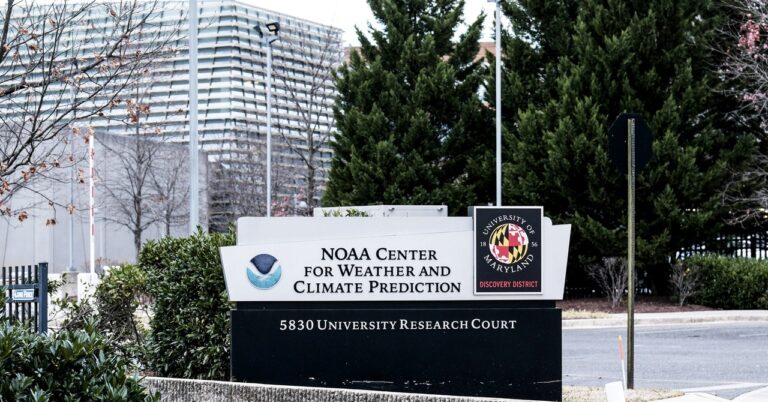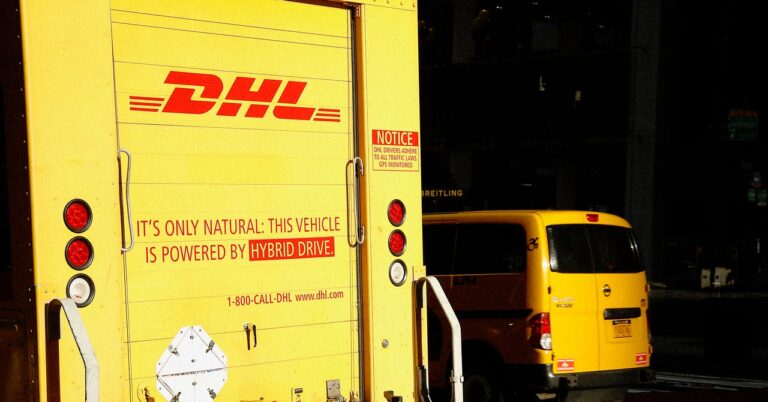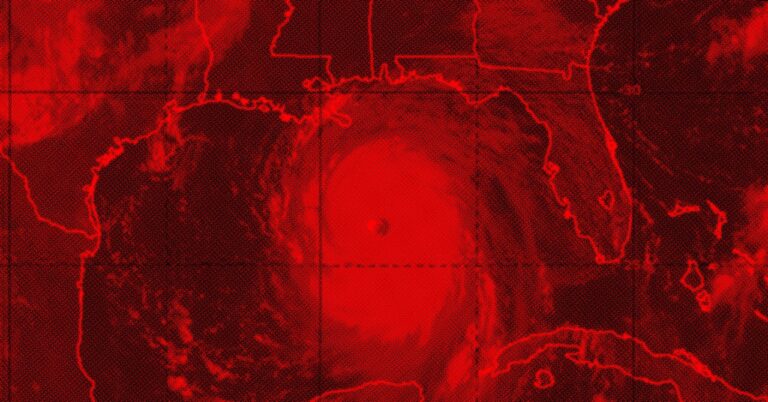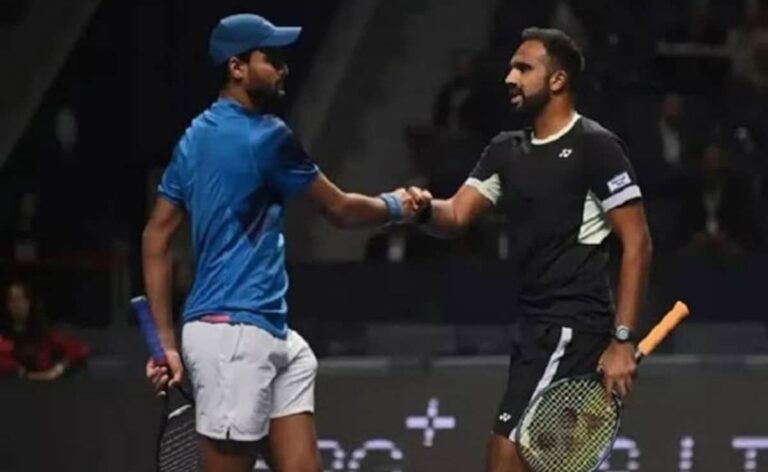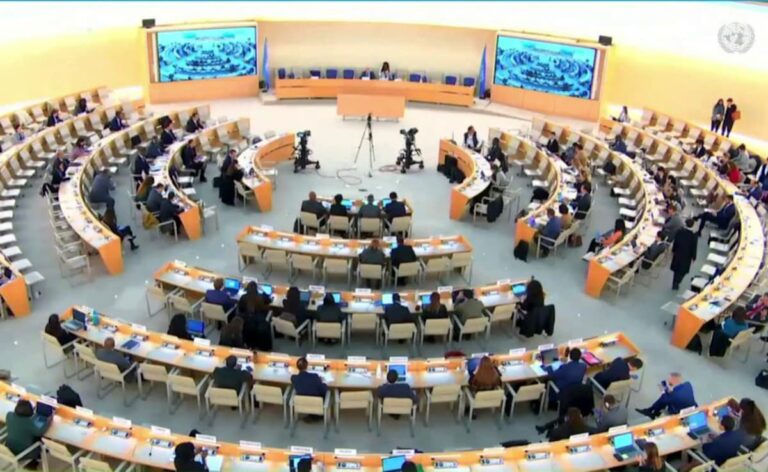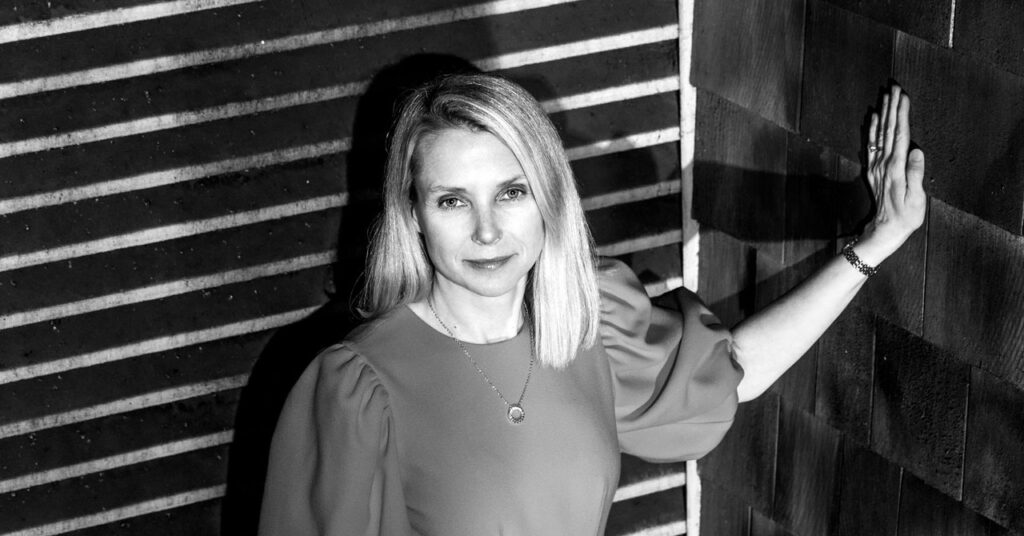
Your sustained pleasure in AI is unusual. But techno-optimism seems to be making a bit of a comeback—
That’s nice to hear.
—and you’re making me nostalgic for the enthusiasm of the internet’s earlier days. How do you stay so hopeful?
I’m generally an optimistic person. There are just so many great, smart, wonderful people in the world. I remember hearing a talk from the early days of eBay, the Wild West days in the mid-’90s, and people were saying that everyone on the internet’s a troll out to swindle you. Someone at eBay said, “There are. But it’s 1 percent.” The great insight from eBay is that you can actually handle the 1 percent manually.
Is it really only 1 percent?
I know it feels like more bad actors. But by and large, that observation that most people are acting with good intent is right. History has also made the point that technology very rarely sets us back. It’s almost always additive. I approach new things asking, What good could come of this?
So you don’t balk at the new—not the blockchain? Not Martian colonies?
Look, I don’t love operating from fear. Nobody does their best work when they’re afraid. History also backs that up.
Photograph: Christie Hemm Klok
When you were at the National Youth Science Camp as a teenager, you became fascinated by the mind of your mentor, Zoon Nguyen. You ended up caring less about what he knew and more about how he thought. Two parts to this question: What do you know, and how do you think?
What do I know? Well, we all know thousands of facts, right? I know consumer tech. I know a lot about different businesses. Randomly, I know a lot about movies.
OK, so how do you think?
Here’s an example from 2002, when I was running product at Google News. My friend Krishna built this script that crawled 15 sources and clustered stories by topic, using k-means clustering, which is an AI technique. We hired five news “sourcers” to find a comprehensive set of news sources from around the internet. There’s the obvious ones, but there’s others, like Layla’s Knitting News.
We started talking to some of the big sources, saying, “Look, we have this little tool. We don’t know if it’s going to become a thing.” The Times, Reuters, The Washington Post were hemming and hawing about whether to be in. They finally consented. I had decided once we had two or three, we’d just go.
So we just went ahead and crawled 4,000 sources and launched with all of them. We were prepared for a bunch of people asking to be taken out. But the opposite happened. By noon, we had 1,500 more sources, sources we hadn’t found, that now wanted in.
Right after that, we hired an attorney who had worked in news licensing. We ended up in a who’s-on-first conversation. He said, “How did you get 4,000 publishers signed up? All the demands from all those different companies must have been insane.” I was like, “We just put them in and let them opt out.” He was like, “No, no, no. I need to have the terms.” He thought we had negotiated 4,000 contracts. He’s like, “How many did you reach out to?” I was like, “Three.” He said, “No, no, no. You don’t understand what I’m asking.” I said, “I’m not sure I do know what you’re asking.”

